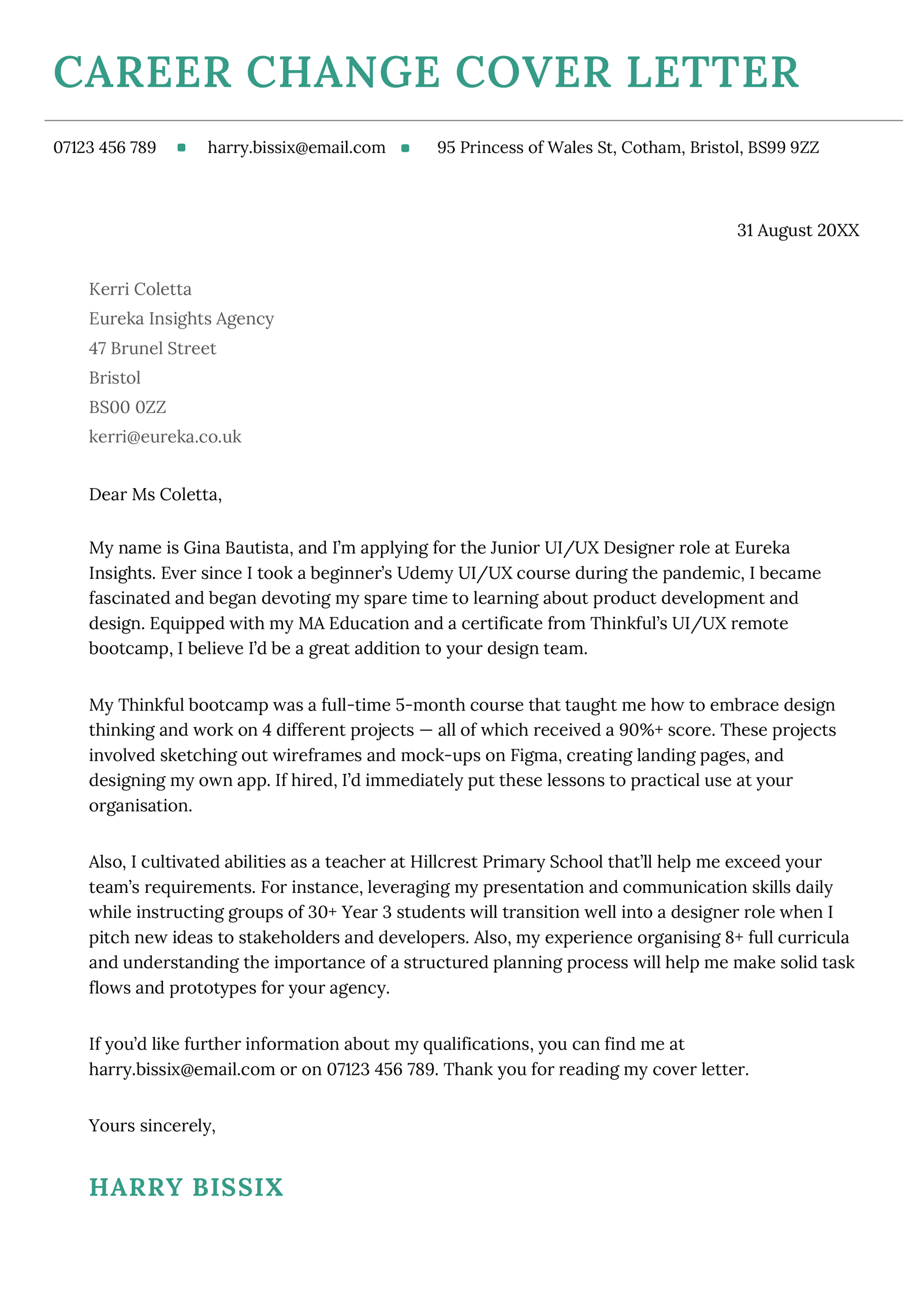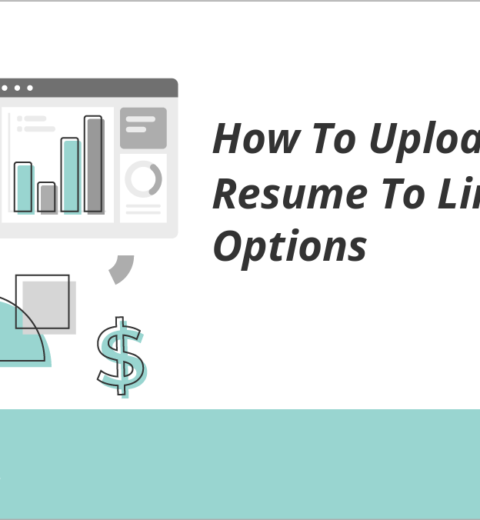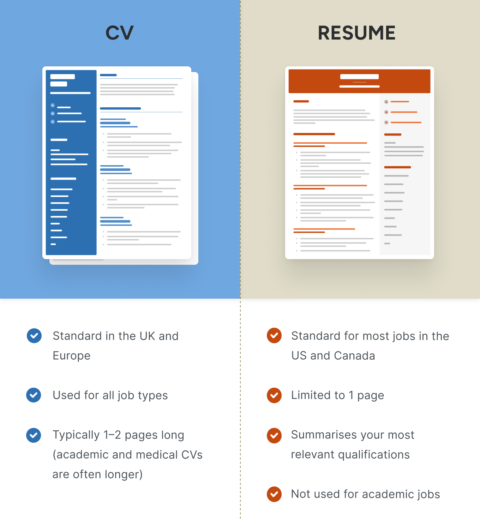As the job market evolves, the significance of a compelling resume and cover letter remains paramount. However, how do you ensure your cover letter stands out in 2025? With the proliferation of technology and the increasing sophistication of hiring algorithms, candidates face new challenges that require a nuanced understanding of effective communication. This article dissects the essentials of crafting a cover letter that not only captivates the reader but also aligns with contemporary expectations regarding professional correspondence.
Picture this: you’ve spent hours perfecting your resume, meticulously detailing your accomplishments and skills. You’re ready to apply for your dream job when you realize your cover letter feels lackluster, uninspired, and probably lost among a pile of similarly unremarkable texts. What sets a successful cover letter apart? This question underpins the latest trends and expectations for 2025.
The advent of technology has transformed how employers assess applicants. Many organizations now employ applicant tracking systems (ATS) to streamline the recruitment process. Consequently, your cover letter must not only be aesthetically pleasing and well-structured but also rich in keywords relevant to the position. This dual challenge—captivating human readers while satisfying algorithmic criteria—calls for a strategic approach.
When examining outstanding cover letter examples from 2025, several pivotal components emerge. Firstly, personalization has ascended to unprecedented heights. A generic letter will likely end up in the “no” pile. Therefore, begin your correspondence by addressing the hiring manager by name whenever possible. Research the company culture and weave in aspects that resonate with your own values and aspirations. This creates a connection, which is crucial in today’s competitive job landscape.
Moreover, the introduction of your cover letter plays a critical role. Rather than commencing with a bland statement of intent, consider a more engaging opening. Perhaps pose a provocative question or share a brief anecdote that illustrates your passion for the industry or position. For example, “Have you ever wondered how innovative technology reshapes our approach to sustainability in the corporate world?” Such an opener grabs attention and sets the tone for a dynamic narrative.
Following your introduction, the body of your cover letter should transition smoothly into showcasing your qualifications. This is your opportunity to delineate how your experiences and skills align with the job description. Focus on specific achievements that directly correlate with the responsibilities of the position. Utilize metrics where possible; numbers lend credibility and weight to your claims. Rather than merely stating that you improved team efficiency, illustrate this with data: “By implementing a new project management system, my team reduced project turnaround time by 30%.”
Formal Tone vs. Personality
Striking the right balance between professionalism and a touch of personality is another vital consideration. In 2025, employers increasingly value authenticity over adherence to antiquated norms of formality. While it is crucial to maintain a respectful tone, don’t shy away from infusing your writing with elements that reflect your individuality. A conversational style, complemented by a dash of enthusiasm, can break the monotony of conventional cover letters. Just ensure that this doesn’t verge into overly casual territory.
Furthermore, inclusivity and cultural sensitivity play substantial roles in modern cover letters. Given the globalized workforce, acknowledging diverse perspectives and experiences can set you apart from other candidates. When discussing your skills or previous experiences, consider mentioning collaborative projects that demonstrate an appreciation for diverse viewpoints. This shows potential employers that you are not only skilled but also a valuable team player in today’s multifaceted work environment.
The conclusion of your cover letter should be equally compelling. Reiterate your enthusiasm for the opportunity and express a desire for further discussion. Rather than merely thanking the hiring manager for their time, elevate your sign-off by stating, “I look forward to the possibility of discussing how I can contribute to [Company Name]’s mission and goals.” This leaves a memorable impression, reinforcing your proactive attitude and eagerness to engage.
Telegraphing the next steps is also crucial. Indicate your intention to follow up professionally; this practice not only demonstrates your initiative but also illustrates your genuine interest in the position. In a world where many applicants comply with passive application processes, assertiveness can be a significant differentiator.
In conclusion, crafting a stellar cover letter in 2025 is complex, involving a multifaceted strategy that considers the dual audiences of humans and algorithms. Personalization, compelling storytelling, a blend of formality and personality, demonstration of cultural sensitivity, and an assertive closing are all essential components. Can your cover letter rise above the noise? With careful attention to these elements, it can certainly soar. Amid the ever-changing landscape of job applications, being able to articulate your unique value proposition—while remaining attuned to contemporary hiring practices—will position you favorably in the quest for your dream career.




